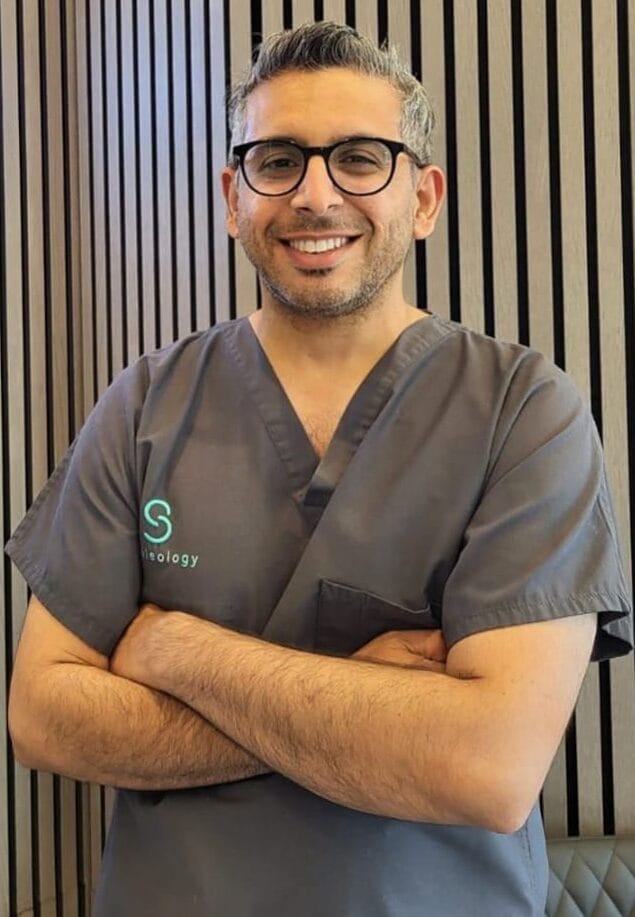Recover Your Smile with Dental Implants Kent: Professional Solutions
Recover Your Smile with Dental Implants Kent: Professional Solutions
Blog Article
Experience the most recent Technologies in Dental Implants Innovation
As the area of dental care proceeds to progress, the innovations in oral implant modern technology have actually been nothing except impressive. From making use of innovative products that boost resilience to the implementation of digital imaging for precise placement, these innovations are transforming the landscape of oral treatment. With minimally invasive medical techniques and the modification capabilities of 3D printing, clients now have access to tailored remedies that were as soon as inconceivable. Furthermore, the assimilation of technology is transforming the functionality of oral implants, assuring enhanced outcomes and patient satisfaction.
Advanced Products for Enhanced Sturdiness
In the realm of oral implants modern technology, the assimilation of sophisticated materials has dramatically added to improving resilience and long life of these critical dental prosthetics. The use of materials such as titanium alloys, zirconia, and ceramic compounds has actually transformed the field by offering boosted stamina, resistance, and biocompatibility to corrosion.
Titanium alloys are commonly made use of in oral implants because of their exceptional strength-to-weight ratio, deterioration resistance, and compatibility with the body. These alloys guarantee the security and long life of the dental implant by standing up to the pressures put in throughout talking and chewing, supplying a trustworthy solution for patients seeking resilient tooth replacements.
Zirconia, a kind of ceramic material, has gotten appeal for its biocompatibility and all-natural tooth-like look. Its high stamina and resistance to use make it an appropriate option for oral crowns and bridges, improving the general aesthetics and functionality of the implant.

Digital Imaging for Accurate Placement
The evolution of dental implants modern technology has actually better progressed with the combination of electronic imaging methods, making sure exact placement of these prosthetics for ideal practical and aesthetic outcomes. Digital imaging plays a vital role in the planning and placement of dental implants by offering in-depth 3D photos of the individual's jawbone framework. This innovation allows dental practitioners to assess bone thickness, find vital frameworks, and prepare the exact setting and angle for implant positioning with unequaled accuracy.
By making use of electronic imaging, dental professionals can develop online surgical overviews that act as a roadmap throughout the implant positioning procedure. These overviews are customized for each and every client, taking right into account their distinct makeup and the preferred end result. This level of accuracy not only boosts the success rate of oral implant procedures but additionally decreases the danger of complications.
In addition, digital imaging enables dental professionals to imagine the final prosthetic reconstruction before the real placement of implants, allowing for meticulous planning and making certain that the outcome satisfies the client's aesthetic expectations. Overall, the integration of digital imaging modern technology has reinvented the area of dental implants, offering patients a much more foreseeable, efficient, and patient-specific treatment strategy.

Minimally Invasive Surgical Strategies


Developments in medical techniques have led to the advancement of minimally invasive strategies in the field of dental implantology. These strategies aim to lower trauma to the individual, reduce recovery times, and enhance overall therapy outcomes. Minimally intrusive procedures entail smaller sized lacerations, specialized tools, and advanced imaging innovations to precisely place oral implants with minimal interruption to bordering cells.
One key element of minimally intrusive techniques is using directed surgery, where 3D imaging and computer-aided style software application are utilized to intend the dental implant positioning with terrific accuracy. This enables a much more foreseeable result and can typically eliminate the need for extensive flap surgical treatment.
Moreover, innovations in materials and implant style have likewise contributed to the success of minimally invasive approaches. Implants with enhanced surface homes advertise quicker osseointegration, reducing the healing time called for before the prosthetic restoration can be put.
3D Printing for Personalized Solutions
Making use of 3D printing modern technology in oral implantology allows for the production of highly personalized services customized to individual client requirements and physiological variations. This cutting-edge technology enables oral professionals to design and produce oral implants with phenomenal accuracy and accuracy. By using digital imaging techniques, such as cone beam of light calculated tomography (CBCT), in-depth 3D designs of the person's mouth can be generated to direct the dental implant intending procedure.
One of the vital advantages of 3D printing in dental implantology is the capacity to develop patient-specific implants that completely fit the unique composition of each individual. This tailored approach assists improve the overall success and longevity of the dental implant by guaranteeing ideal fit and alignment. In addition, 3D printing enables the manufacturing of complex geometries and complex structures that would be difficult or impossible to attain utilizing conventional production approaches.
In addition, 3D printing technology allows dental professionals to streamline the implantation procedure, lowering surgical treatment time this page and enhancing total individual experience. With its capability to produce customized solutions swiftly and efficiently, 3D printing is changing the area of oral implantology, offering people ingenious therapy choices and boosted outcomes.
Integrated Modern Technology for Improved Performance
Carrying out cutting-edge innovation in dental implantology boosts capability and accuracy, raising the criterion of look after individuals going through dental implant procedures. Integrated modern technology plays a crucial role in improving the overall success and sturdiness of oral implants. One crucial development is the assimilation of digital scanning and imaging modern technologies, such as cone-beam calculated tomography (CBCT) and intraoral scanners. These devices enable detailed 3D imaging of the patient's dental frameworks, facilitating specific therapy planning and dental implant positioning.
Moreover, the assimilation of computer-aided layout and computer-aided production (CAD/CAM) innovation makes it possible for the creation of custom-made dental implant repairs with exceptional accuracy. CAD/CAM systems make use of digital impacts to make prosthetics that perfectly fit the individual's one-of-a-kind composition, ensuring ideal convenience and capability. In addition, the usage of robotic-assisted surgery in implant placement improves precision and reduces the danger of human error.
Final Thought
Finally, the most recent Discover More Here technologies in oral implants modern technology deal boosted resilience with sophisticated materials, accurate placement with digital imaging, minimally invasive surgical strategies, tailored remedies with 3D printing, and boosted capability with incorporated innovation - Dental implants Kent. These innovations in oral implants modern technology are changing the area and supplying individuals with even more efficient and effective therapy alternatives for recovering their smiles and dental wellness
The combination of innovation is reinventing the performance of dental implants, promising boosted results and person fulfillment.
The development of oral implants you could try here technology has actually better progressed with the integration of electronic imaging strategies, ensuring accurate placement of these prosthetics for ideal practical and aesthetic outcomes. Minimally intrusive surgical treatments include smaller lacerations, specialized instruments, and advanced imaging technologies to specifically put dental implants with marginal disturbance to surrounding cells.
Executing sophisticated technology in dental implantology boosts functionality and precision, boosting the standard of care for people undergoing implant procedures. Dental implants Kent. Integrated innovation plays an essential role in improving the overall success and resilience of dental implants
Report this page